微信扫码立即登录

《世界人居服务使用协议》和《世界人居用户隐私条款》
不可移植的风景园林
Instagrammable Landscape Architecture
2021-12-14阅读:4655发布:黄艳作者:黄艳,焦舒萁
Intoduction
Social media is affecting every aspect of our lives including the environment we live in. This thesis is about instagrammable landscape architecture, which is a new typeof landscape influenced by social media andits visual culture. First of all, the background ofits birth will be discussed to find the landscapedemand in the digital age. Secondly, understanding what is instagrammable landscape through analysing its form, function and history. Then analysing both positive and negative cases to making a summing up of the experiences and lessons. Finally, some proposals will be offered to design instagrammable landscape architecture better.
Based on the above, the thesis is purposed to answer three key questions: 1) How visual social media culture promote physical urban development? 2) Why some instagrammable design projects are welcomed but some are hated? 3) How to design places well rather than just as objects that are there to be photographed? By discussing them, some new insights are hoped to be brought into the future landscape design and urban development.
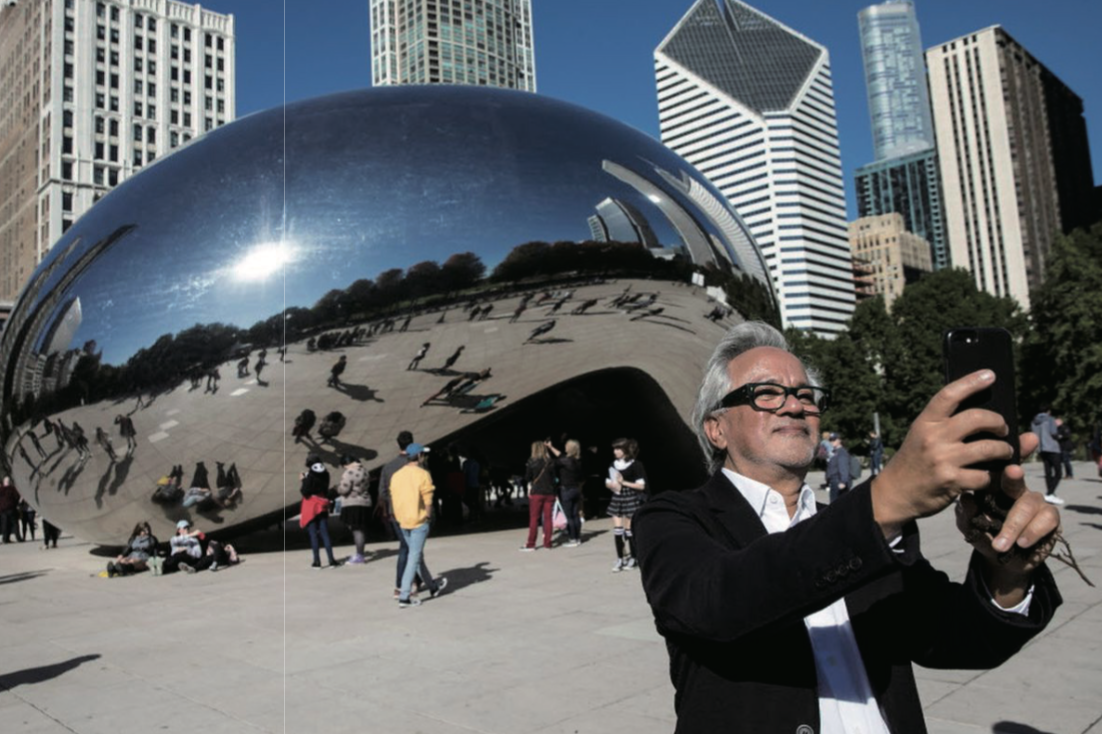
Fig. 2 Anish Kapoor, creator of Cloud Gate, takes a selfie in front of the famoussculpture in Millennium Park.
01 Background
Visual social media culture
A system to record our lives constructed from artificial images was unprecedented sixty years ago. They do it now. Sixty years ago,Daniel Burstin reminded us: "We risk being the first people in historyto have been able to make their illusions so vivid, so persuasive, so 'realistic' that they can live in them. We are the most illusioned peopleon earth. " (Boorstin, 1960) Sixty years later, this risk is now a reality. Many photo-sharing applications such as Instagram appear in people's lives, bringing new lifestyles, social methods, economic operations, and even new aesthetics. People have fallen in love with the virtual world. We live as if all the media that spread to our eyes is life itself as if our images shared in social applications now provide us with another existence. Images are the new language, and social media is the new sound.
In this visual environment, everything we see--art, colour, the plant, a skyscraper, a stop sign, a political poster, a photograph of Kim Kardashian West--somehow becomes legible, normalized, accessible. The visual social media culture is everywhere.
Instagrammable landscape
The visual culture of virtual media is changing the physical world. In recent years, a new term “instagrammable place” was coined byinternet users, which is defined by the Cambridge English Dictionaryas the places attractive or interesting enough to be suitable for photographing and posting on the social media service Instagram.(Cambridge English Dictionary: Meanings & Definitions, 2021) In this process, users take photos of real places they are satisfied with andshare them on social media. Some of them are generally welcomed and have aroused heated discussions online, which attract many people to visit the real places. Over time, virtual popularity brings physical benefits, such as visitors, immigration and investment opportunities to the city.
Landscape designed to be famous
Correspondingly, an increasing number of big money andgovernments hope to follow this trend, building "bizarre" architectureand landscapes in an attempt to create wealth and increaseinfluence. "Architecture is obsessed with flashy, monumental andconspicuous, and we all have to live with the consequences. We not only see a new type of architecture or landscape: we are alsoexperiencing the change of urban spatial operation." Tom Dyckhoffsaid in his book The Age of Spectacle (p.19). In New York, a crazystructure composed of 154 stairs in Hudson Yards attracts thousands of tourists. In Beijing, a new iconic building in wacky shapes was builtin the city centre, which is called "underpants" by the locals. In thetraditional understanding, social media is irrelevant to landscape architecture. But now it is changing the relationship between landscape designers, government and citizens, encouraging new types of engineering and design.
02“Instagrammable” of Instagrammable landscape
2.1 Definition of “Instagrammable”
App “Instagram”
Instagram is not the first platform where users can post and share photos digitally and socially. What makes it different? Prior to this,the image hosting services provided by Shutterfly (1999), Snapfish (2000), deviantART (2000), Picasa (2002, acquired by Google in 2004), Photobucket (2003) and ImageShack (2003) were not popular withthe public Because of the high price and single function. As Web 2.0 evolves into social networks and social media, it provides a platform for user-generated content, tags, groups, and creative sharing. At this stage, the main platforms for people to share pictures are Facebookand Tumblr (2007).(Leaver et al.) But at this time, the most popularsharers are professional photographers or creators.
With the popularity of personal photography in technology andopportunities (Larsen 2008; Nightingale 2007; Van House 2011), theemergence and promotion of camera phones have expanded the customer base of photo-sharing platforms. The emergence of smartphones, especially the iPhone, has further developed this. Taking pictures and editing photos has become simple, and the public can also create beautiful photos.
The evolution of social, mobile, visual, and positioning in digital media provides the context for Instagram. This integration means that Instagram is a particularly prominent example of visual engagement and participation through digital media. Instagram's visual aesthetics are important to the platform's appeal and rationale, accordingto Lev Manovich claims that "if Google is an information retrievalservice, Twitter is for news and links exchange, Facebook is for social communication, and Flickr is for image archiving, Instagram is foraesthetic visual communication" in his book The Language of New Media(p. 41). According to the attendees in Tiidenberg's study Selfies : why we love (and hate) them(2018), Instagram is "synonymous with "posting images on social media." Instagram is more than just aninterface, a platform. Rather, Instagram serves as an icon and avatar for comprehending and mapping photo sharing cultures, whether on Instagram or over the many ways the physical world has attempted to become 'Instagram-worthy' in redesigning practices and material spaces.
What Instagram brings to the landscape
As the way of online sharing is limited to 2 dimentional media sharing,the users generally shoot and upload the most eye-catching part (canbe regarded as 'Insta-worthy') of the physical world. The information provided by viewers is fragmented and beautified. For example, when we mention Cloud Gate in Chicago, we can imagine the round shape and huge reflector, but we don't know that it is just a small part of the design, an art installation, on the second-story roof of a 24.5-acre public park. Fragmented information makes online visitors ignore other boring details of the project. In other words, creatingvirtual hot spots for projects can create big benefits with less capital.This undoubtedly affects big money, government and landscape designers to create more instagrammable landscapes.
1) Interaction
Instagram brings a diverse experience to the landscape. People can interact with real-life landscapes on social media. Instagram's check-in and location functions allow users to see the appearance,popularity (likes or thumbs up), comments, and best photo spotsof a place online. Even if the user has not been there, they can still express their affection and ask for advice. Some people who have visited will Check-in on the map. The evaluation and experience of these landscape projects are visualized and shared publicly. Of course, some design projects have been improved through social media evaluation. These negative comments and big data can also help current landscape architects to better understand the needs of the public. It seems that buildings and landscapes are cold and incommunicable, but social media has built an interactive platform for users, design projects and designers.
2) Aesthetics
The landscapes shared on Instagram are of course selected by users, so places with a high popularity on the Internet are in line with the aesthetics of the masses of netizens. What is Instagram aesthetics? Is it the contrast between colours, the visual presentation of shapes and lines, or the parameters of filters? Is the type of popular designcontent obvious in the cumulative profile of Instagram users?
How Instagram's aesthetics (whether promoted by the platform orperceived by users) is not created out of thin air: it is developed in the use of users. In the following chapters, we will analyze the aesthetic content of Instagram through the most selective perspectives of users in the same location. However, is catering to this aesthetic the futuretrend of landscape development? No one can give a definite answerright now. But the fact is that some investors and designers are being influenced by this kind of digital twin aesthetics. More and more spectacles appear in the world we live in.
2.2 Key elements of 'Instagram-worthy' design
Unnecessary decoration
As mentioned above, the fragmented information enables thedetails of architecture and landscape to be magnified on the phonescreen. Therefore, novel and exaggerated decorations will appear in many instagrammable designs. For example, the 154 stairs of Vessel Hudson yards, the mirrored entranceway of Tokyu Plaza Omotesando Harajuku. These decorations have no actual function and are not necessary for daily life or urban construction. But if you search for the park or square where they are located on Instagram, most people upload unnecessary decorations parts of them. When you search for Tokyu plaza Omotesando Harajuku on google, you will see the overall shape of the public space in Russia, including the square, buildings, trees and people (fig. 3). But if you search for tag#tokyuplazaomotesandoharajuku on Instagram, most of the sharedbuilding entrances are full of multi-faceted glass (fig. 4). Becausethese unnecessary decorations can often bring novel experiences to visitors, this kind of freshness and excitement is one of the keyelements of "Instagram-worthy".
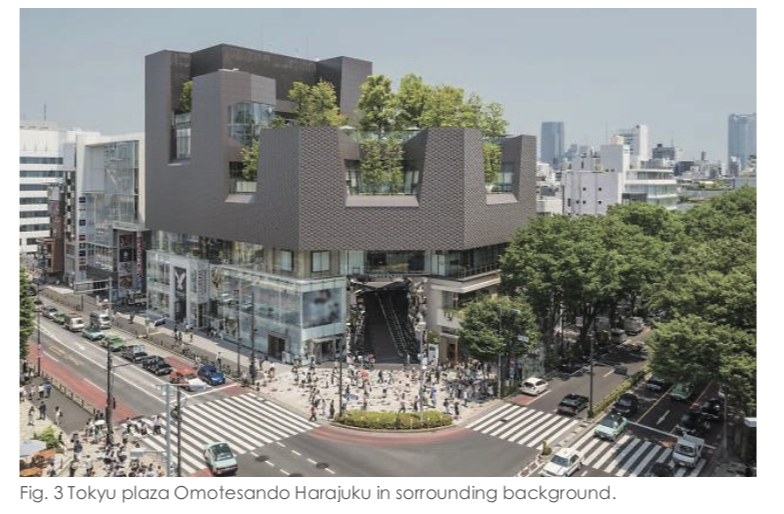
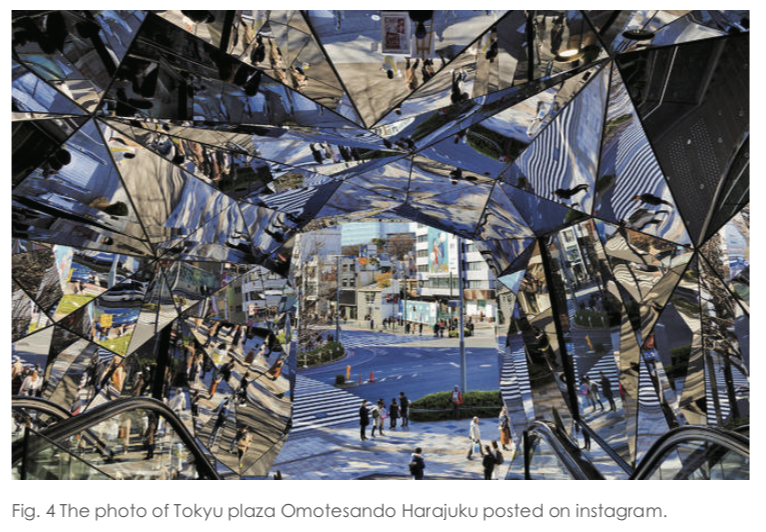
New trends
Of course, new trendsare a type of "Instagram-worthy" design. Evenif some individuals dislike new trends, they will have an impact on the most popular super fans in their industry. These new trends in the realm of environment construction are parameterization and computational design. The use of computers has had a considerable impact on architecture, and computational design refers to theusage of computers with specific algorithms. We can create complexgeometry using a mathematical approach through computational design and thus play with possibilities via parameters and constraints.(Cantrell, 2018) In the contemporary age of environment building,computational design helped architecture and landscape architecture to reach a new height, which can be defined as “Parametricism with the parameters that matter” as introduced by P. Schumacher of ZHA. Thinking and designing on a computer aids in the creation of multiple possible forms based on the parameters and constraints provided. As a result, designers are able to create aesthetically pleasing complex forms. The new forms are fresh to online users, so they are easy to get thumbs up.
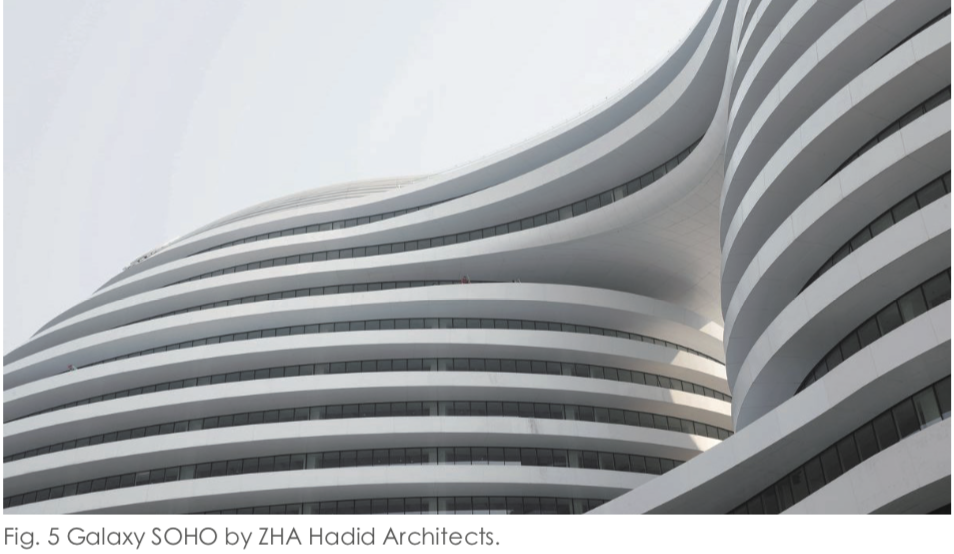
Photogenic
The form of photography is the same, the technical processinvolved here does not require film or chemical development, and the content posted to Instagram is not just "photography".However, the countless visual forms presented on the Instagram account help to show experience, identity, communication, etc., which have been tested in photography practice.
Despite the app's iconography, Instagram is not synonymous with photography in many ways: like other digital forms of photography, the technical processes involved here do notrequire film or chemical development, and the content postedto Instagram is not solely photographic. Yet the myriad visual forms presented on Instagram accounts all contribute to the presentation of experiences, identities, communication and more that were examined within the practice of photography.
Therefore, choosing a photogenic place to shoot and upload is helpful for users to build their own virtual images on social networks. Photogenic landscape usually has the characteristicsof flattening, high contrast, colourful or strong geometric sense.I chose two well-known Instagram shooting locations in London asexamples. The first is Notting Hil, which is packed with cute cafes andbeautiful boutiques which are the core of Instagrammable London.(Figure 6) People come here especially for the rainbow-colouredhouses on Lancaster Road and Portobello Road. This colourful picture is undoubtedInstagrammable. Another of the most iconic London camera angles is the view of St Paul's Cathedral from MillenniumBridge (Figure 7). From the bridge, visitors have the ideal framing andcomposition of the famous St Paul's Cathedral nestled cosily between the contemporary architecture of London. Many photographers have been drawn to this type of stark contrast and narrative.
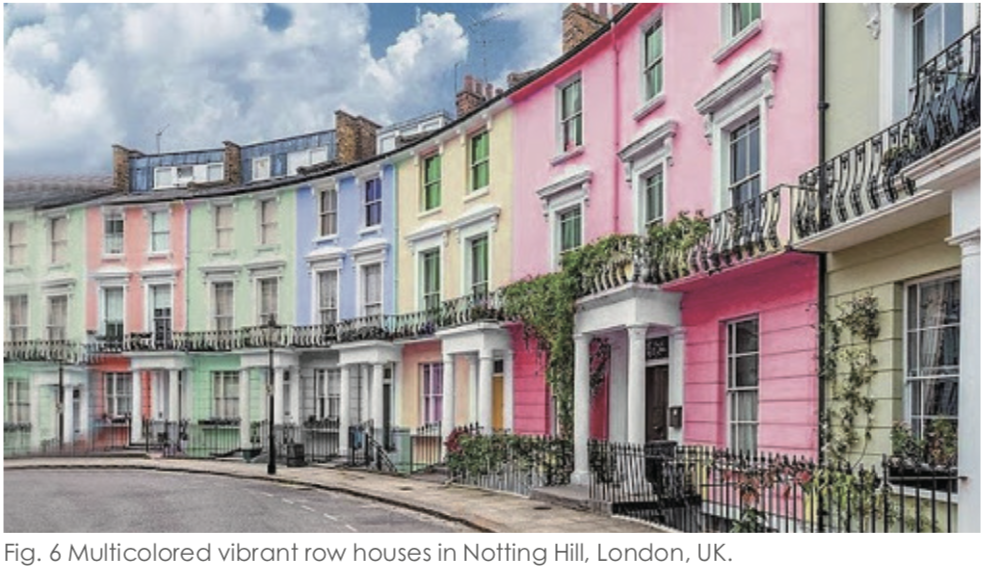
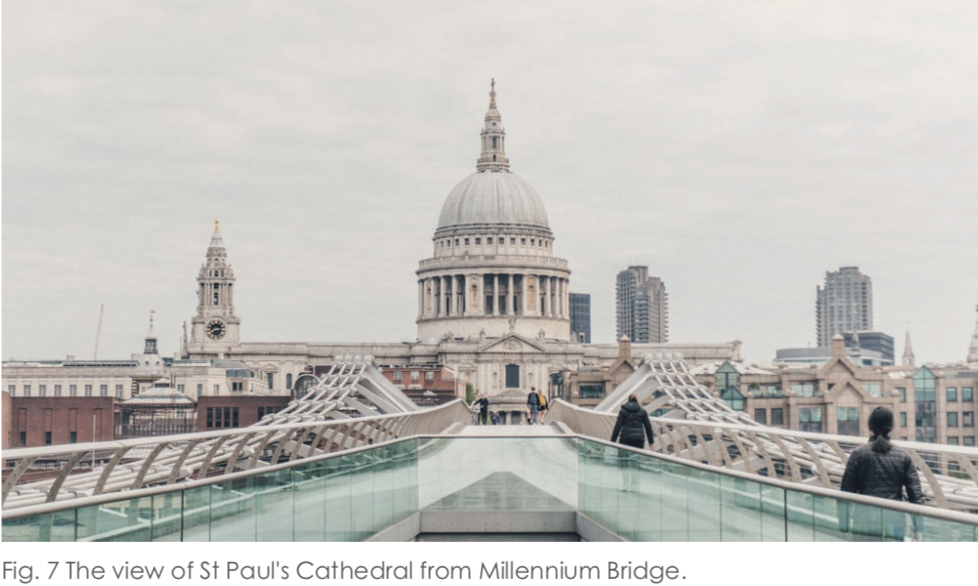
2.3 The difference between well-known places and Instagrammable places
When discussing Instagrammable places, it is often confused with the concept of well-known places. Well-known places are of course also popular check-in places on social media. How to objectively distinguish the two? In this part, the conclusion will be obtained by analyzing the ranking list of famous places on TripAdvisor and the ranking list of famous places on Instagram.
On the Points of Interest & Landmarks in London 2020 list provided byTripAdvisor, the top 10 in order are Tower of London, Tower Bridge, Covent Garden, The Shard, Buckingham Palace, Trafalgar Square, London Eye, Lego Shop, St. Pancras International Station and Brick Lane. Generally speaking, they can be summarized into three types: historical monuments, cultural attractions and entertainment venues. It cannot be denied that they are all beautiful and amazing, but their fame is not by design. They are all places that have passed the test of time and have accumulated historical and cultural heritage. In contrast, the ranking list of instagrammable places in London includes many new design projects besides some famous attractions, such as Sky Garden, God's Own Junkyard and Neal's Yard, etc. These places have the four keys of 'Insta-worthy' design mentioned above, which brings a novel experience to visitors. Therefore, the Instagrammable landscape architecture discussed in this article refers to places that have been designed and built to be famous.
03 “Landscape” of Instagrammable landscape
The previous chapter discussed the influence of Instagram on the form, aesthetics and functions of landscape architecture. In this chapter, we will discuss the landscape architecture itself of instagrammable landscape. How does this visualized landscape architecture base on the love of the Internet world change the current urban spatial operation? What are the similarities between its own characteristics and natural and historical landscape design styles? This chapter will focus on these two issues.
3.1 A new type of urban spatial operation
The form is the only function
Louis Henry Sullivan of the Chicago School put forward the theory of"form follows function", making functionalism the label of modernistarchitecture. Contemporary practice of architecture and landscapegenerally put functionality and practicality in the first place. (Hwang,2020) However, with the development of informatization in the past two decades, decurrent architecture and landscape meet the raisingneeds? The opposite view of "form follows function" is "form evokes function" put forward by Louis Kahn. He puts the creation of forms and spaces ignored by modernism in the first place, distinguishing desiresand needs.
The key reason why people enjoy these "Instagram-worthy" places isthat their photogenic appearance is easy to spread on smartphones' screens, rather than its functions. The iconic form also promotes city development: the display and dissemination of regional culture, urban gentrification, commercial power grabs, etc. The instagrammable landscape is an object influenced by virtual social media, meanwhile, it also affects the operation of the city in the physical world. Projects of this kind, once rare, have recently become commonplace. And they seem to be racing to surpass each other. Inthe London skyline, there are not only "shards" and "cucumbers", but also "intercoms". (fig. 8) Form no longer follows function; form is theonly function.
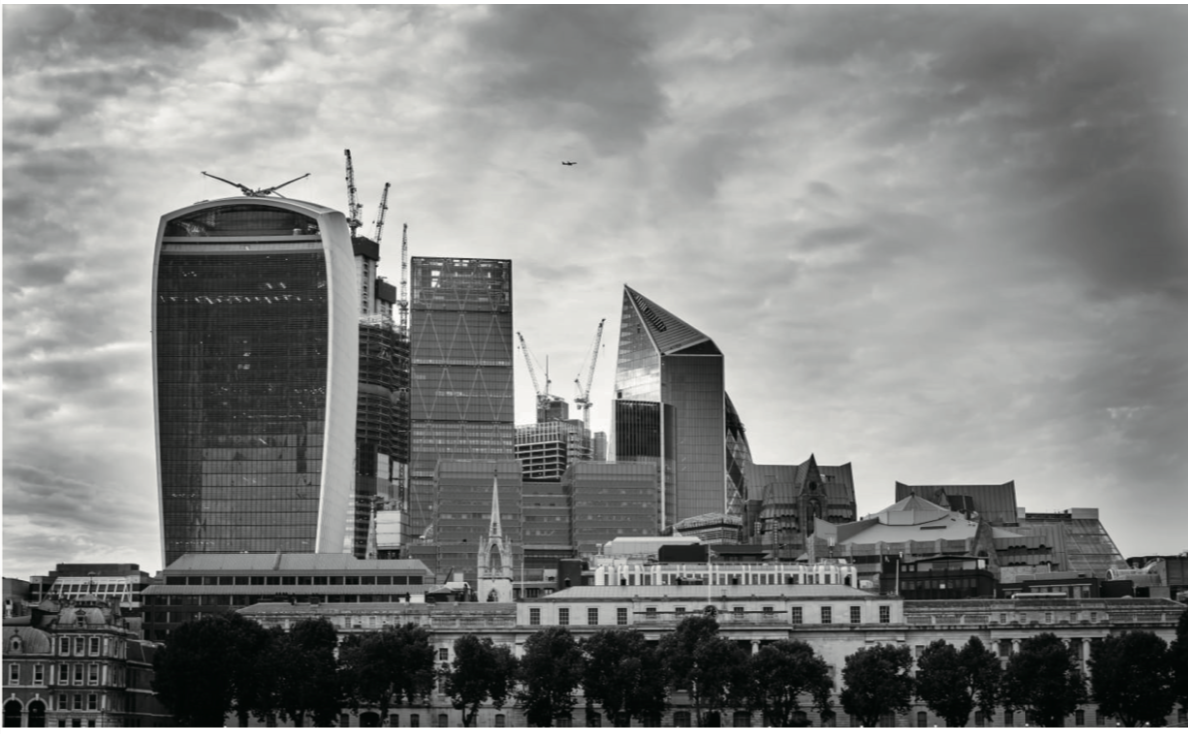
Fig. 8 Skyline of the City London.
From cityscapes to brandscapes
The new era of landscape architecture exemplifies consumer capitalism. Form comes before function, and the goal is to sell ideals of living to the public. The new age of spectacle, named Wowhaus by Dyckhoff, utilizes architecture as a form of media. The functionsbeneath the surface are ignored; what matters is the outside. Thebuilding should sell itself to the world by marketing it is quirky orspectacular. The more well-known a project is, the more profitable itwill be for investors as well as the city as a whole. A vicious circle was formed. Architecture competed for incredible factors and media exposure, and the media, in turn, published these incredible projects to attract more readers. The more surprising the project, the more clicks it receives, resulting in larger viewers for the project and morewealth for media companies. "The gentrifiers of the city wanted anarchitecture of diversity, intensity liveliness. The architecture was a free market now, and the consumer was king. And the consumer wanted to be wowed." Tom Dyckhoff. The Guggenheim Museum in Bilbaois a good case study because it completely revitalized and savedthe economically depressed city, coining the term "The Bilbao Effect." I will introduce it as a case study in detail in next chapter.Cities must differentiate themselves today in order to compete fornew investments. "Iconic" architecture and landscape architectureare shortcuts for drawing the public's attention to the city's image on a worldwide scale. It will not only serve to increase the city’s global recognition, but will also highlight the city's new economic and political investment. The new development is regarded as anindication of powerful economic and financial capabilities.
3.2 The design ideas come from historically
If a design theory has ever been popular, it may become popular again. Through, these new design ideas are much more similar to some historical design theories and design elements than we realize. Inspire the design of the present through the past, connect the past, the present and the future in this part, and discuss the design ideas of instagrammable landscape that come from historically.
Useless decoration – Baroque
As mentioned above, having useless decoration is one of the characteristics of the instagrammable design. It attracts viewers' attention through these novel forms without actual functions. The architecture and landscape of the Baroque period also had similar characteristics. The Baroque style is a highly decorative and theatrical design that first appeared in Italy in the early 17th century and gradually spread throughout Europe. It was first introduced by the Catholic Church, particularly by the Jesuits, as a means of combating the Reformation and the Protestant church with a new architecturethat inspired surprise and wonderment. (Gauvin, 2003). The Baroquestyle is gorgeously decorated, with rich curves, reverse curves, undulations and elements modelled on nature. This style is very dramatic, designed to be impressed and loved at first sight. It is the same as the Instagrammable design with no practical functionality but exaggerated details.

Photogenic - Picturesque
The word picturesque, meaning literally "in the manner of a picture; fit to be made into a picture," was a word used as early as 1703 (OxfordEnglish Dictionary), and derived from the French pittoresque and the Italian pittoresco. The English clergyman, artist, and writer WilliamGilpin in his 1768 art treatise Essay on Prints, in which he defined the picturesque — rather tautologically — as "that kind of beauty which is agreeable in a picture." (p. xii). In this concept, the different partsare unified into a whole through distance, shadow, composition and perspective. It is not a naturally occurring phenomenon but a creative phenomenon, mainly created by painters and trained observers. This aesthetic ideal coincides with the photogenic design mentioned above. In order to make visitors feel worthy of being shared on social media, some designs use eye-catching colours and shapes to get better expressions in front of the camera. The uploader will use the software to beautify the composition, contrast, and colourof the actual scenery. It is also artificial to express three-dimensionallandscape elements on a two-dimensional plane, but technology makes the current creative methods more convenient, faster, and more popular.
04 Case Studies
How this start - Bilbao efffect
Why are the government and big money so obsessed with constructing spectacular structures? Before introducing the Instagrammble landscape project, I had to talk about the Guggenheim Museum, a construction project that changed the city's economy and caused the Bilbao Effect.
The Guggenheim Museum Bilbao was built in 1997 in Bilbao, Spain. It was created by the Guggenheim Foundation and designed by the star architect, Frank Gehry. As one of the greatest buildings of the 20th century, the Guggenheim Museum Bilbao attracted a large number of tourists from home and abroad after its completion, which played a positive role in the development of Bilbao's local economy and also made Bilbao an important cultural centre.
Long before the museum was built, Bilbao was a declining port city and industrial centre. The city is looking for a way to transform itself from a port hub of the Spanish industry into a vibrant city based on a service economy. Then the city made a conscious decision to save the city by building the Guggenheim Museum. When the strategy for urban regeneration was first proposed, it was rejected by society and the general public. The huge economic investment has caused it to receive a large number of complaints, more than ordinary gentrification projects. Fortunately, after the building opened its doors to tourists, the Guggenheim Museum welcomed many visitors every year. This former industrial city got rid of obscurity and turned into a tourist destination, with explosive economic growth. After only 3 years of opening, the income it received was enough to recover the construction cost. Renewal and vitality have been carried into the city by cultural activities. The Guggenheim is actually far more than a museum or building. The economy of the whole city has been changed. Tourists spend a lot of money in the city on accommodations, purchases, transportation, and food. Accordingto the financial column, in the first three years, the museum producednearly $500 million in economic activity and nearly $100 million in annual taxes. Bilbao has been transformed into a new and lively city.The media began to talk about the "Bilbao Effect," with the popularand commercial success of Frank Gehry's Guggenheim Museum in Bilbao: bringing significant financial development to the underside of a declining city. The Bilbao effect, also recognized as the Guggenheim effect, refers to the cause and effect relationship that occurred when a single world-class project served as the catalyst for revitalizing this once gritty, economically distressed, post-industrialcity.(Bilbao’s Bilbao Effect – IAAC Blog, 2014)
It is worth mentioning that the Bilbao effect has brought huge benefitsto the local area, but the city has not stopped because of it. Urban renewal starts with cleaning up rivers full of industrial waste. The citycontinues to have Alvaro Siza University, Cesar Pelli’s office building,Santiago Calatrava Airport, Zaha Hadid’s master plan, and Rafael Manio’s library, landscapes, some statues, many spectacular bridges and green spaces. Perhaps this is why Bilbao continues to be successful after twenty years, while other cities are faltering.
Counterexamples
The Bilbao Effect has become a symbol of successful economic and cultural revival, and other cities around the world have also noticed this. They compete to imitate the success, hoping to change the stagnant economic state with spectacle buildings. There are also many attempts in the landscape field. But they tend to place too much emphasis on form and economic benefits while ignoring the function of the landscape itself. Many of them have achieved the purpose of eye-catching, but they are not conducive to the long- term development of the city.
The Vessel at Hudson Yards
Newyork, US
The Vessel at Hudson Yards is a towering new landmark in New York. This interactive artwork was conceived by Thomas Heatherwick and Heatherwick Studio as a focal point where people could appreciatethe city. Composed of 154 intricately interconnecting flights of stairs— nearly 2,500 individual steps and 80 platforms—the vertical climbprovides stunning views of the city, the river, and other places. Some describe it as a honeycomb, while others say it resembles massive shawarma. Some even say it is New York's version of the Eiffel Tower. The Vessel Hudson Yards is exactly what its designer, Heatherwick, envisioned: a new landmark attracting people to gatherings.
"The idea was that it's a platform, one that we don't know what will happen on it in the years and decades to come," said Heatherwick. "You can do what you like here, you can have a discussion, wave at each other, it's got no agenda. " (Sayej, 2019) Apparently, the design team did not clearly define its purpose. Gathering people into a hugespace, like Central Park or High Line Park, they want to build on this tradition to make huge value .
However, Heatherwick puts form first in design while ignoring user experience and safety. Public space projects based on stairs are risky. Audrey Wachs, the former associate editor of The Architect'sNewspaper, wrote in a 2016 critique: "As one climbs up the Vessel, therailings stay just above waist height all the way up to the structure'stop, but when you build high, folks will jump."
In January 2021, after three suicides occurred within a year, the 150- foot Vessel Sculpture at Hudson Yard was closed. The project now faces an uncertain future.

Heydar Aliyev Center
The Heydar Aliyev Center was designed to be a cultural centre by Zaha Hadid in Baku, Azerbaijan. The total construction area of theproject consists of 101,801 square metres. The main building for theNation's cultural events will be this centre, romping with the rigid and often monumental Soviet architecture so prevalent in Baku and aiming at expressing instead the sensitivities of Azerbaijani culture and optimism of a nation looking to the future. It is nothing new for an authoritarian oil state to invest in prestigious events and sparkling buildings to gain a foothold on the world stage. Azerbaijan is eager to replicate Dubai’s success.
The architecture and landscape of the Heydar Aliyev Center areunquestionably excellent professional works. "Computer-generatedlinear arcs and huge white create a rich space. The streaks of neon are brilliant: both deft and, at the same time, setting up their own very powerful dynamic. The garden too is a clever essay in steppedpatches of lawn" said Peter Cook in Architectural Review, "pity nobody seems to go there." As he said, the construction of this abruptproject in the local background actually caused a lot of problems. Firstly, in terms of the construction process, the authorities illegally expropriated hundreds of properties during the implementation of the project, mainly apartments and houses in middle-class communities, and demolished them to make room for this new cultural centre. The government’s expropriation and eviction activities have notbeen publicly notified in advance, and the affected residents havenot been given due compensation. Furthermore, in terms of post- completion use, the modern buildings and squares are incompatible with the surrounding background. Steps and roads divide the terraces and lawns into waves, and the strong form has a sense of impact. Its appearance is in full compliance with the characteristics of the Instagrammale landscape. But apart from taking pictures, the usage rate here is low. Lawns are very expensive in the Middle East, but few people will bask and picnic there because of the high temperatures, which is not in line with the habits of the locals. Therefore, a smallnumber of tourists will be attracted by its appearance, but there are few locals who come and use it.
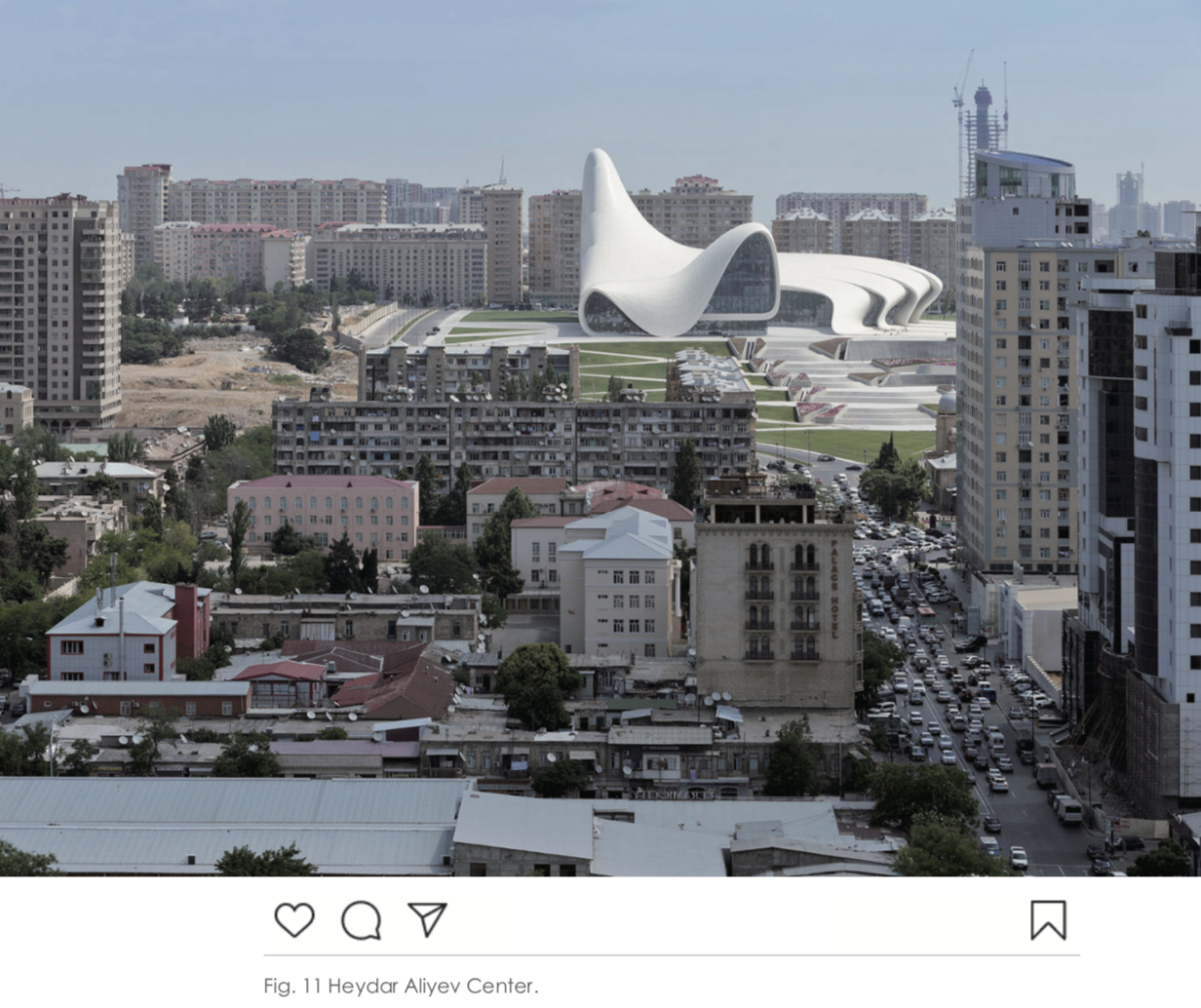
Positive Case Studies
Metropol Parasol
Seville, Spain
In April of 2011, J. MAYER H. and Arup's massive urban experiment, Metropol Parasol, took shape in Seville, Spain, spreading its immense shade over Seville's old central market. Metropol Parasol became the new symbol of Seville, as the most One of the fascinating cultural destinations. It consists of a three-layer structure. The top floor is a large mushroom-shaped umbrella and a panoramic terrace on top. The next lower level is a raised plaza, which is the roof of a shopping mall located at the level of the surrounding street. Although this space is organized into small shops similar to municipal market stalls, their ceilings are low, and their merchandise is not limited to food, but also includes various businesses, from clothing stores to catering.The bottom layer is the "Antiquarium", an archaeological museumthat displays important discoveries from the Roman era that were unearthed in the Plaza de la Encarnación. Parasols are considered to be a kind of light metal structure that grows from the site of archaeological excavations and become contemporary landmarks. The pillars become a prominent point leading to the museum belowand the plaza and panoramic platform above, defining the uniquerelationship between historical and contemporary cities.
Before the project was completed and when it was put into use, people criticized the project as the embodiment of Meyer's ownideals and regarded it as "pure formalism". There was a large-scale protest against Metropol Parasol called #spanishrevolution, the theme of which was against the politicization of public space. However, a year later, the mood of the locals changed. Architecture that was once considered intrusive is now an important part of theurban structure. It is called A Public Space Success Story in the ArchitectJournal. Metropol Parasol represents brilliant public space examples of success. The central market is now a prosperous destination, with people from the area as well as foreigners flocking to the town's centre. As stated in the interview in the journal, many deniers of the project have since changed their minds and grown to love the structure. They were no longer concerned with maintaining the traditional past because they realized this was something for the future.

Garden by the Bay
Singapore
Gardens by the Bay is a nature park in Singapore's Central Region that spans 101 hectares and is located next to the Marina Reservoir. Mostanswers to the question "What are the top photo sites in Singapore?"will mention there. On TripAdvisor, Gardens by the Bay is the top attraction in Singapore, and it is one of the top 20 most checked- in destinations on Facebook. To date, it has attracted more than 50million visitors (BBC STORYWORKS, n.d.). There are three waterfrontgardens in the park: Bay South Garden, Bay East Garden, and Bay Central Garden. Beyond being superlative attractions designed to capture the imagination of the public, most structures were inventively constructed to be energy efficient in their use of waterand energy. The 18 Supertrees built by Grant Associates, which rangein height from 25 to 50 meters, are one of the most recognizabledesigns. Create a biosphere by displaying tropical flowering climbingplants, epiphytes, and ferns vertically. The project is photogenic due to its abundance of plants and biomimetic appearance. Visitors can enjoy a unique garden perspective from the Supertrees aerial walkway. Most tourists are unaware of a Supertree that serves as a chimney stack. It emits non-toxic gases from a biomass boiler that burns and converts plant waste from Gardens by the Bay and other regions of Singapore into fuel.
Nowadays, the garden serves as a "people's garden," bringingtogether locals from all across Singapore as well as visitors from all over the world. Gardens by the Bay rose from bleak reclaimed land to become one of the world's most talked-about technical andhorticultural marvels in just five years.
05 Physical and Virtual
Instagrammable landscape is a new type of landscape project
influenced by virtual visual culture. As mentioned in the previous
chapter, visual culture brings both positive and negative changes to
the landscape and urban development. It has some positive effects,
such as encouraging innovative design, bringing in investment,
tourism and regeneration. However, this new spatial operation mode
also brings some problems, such as the allocation of urban land
resources and useless decorations. This chapter will further analyze
how virtual social media affects physical landscape design and what
landscape designers can learn from Instagrammable landscapes.
5.1 Designed for both offline visitors and online visitors
An interesting change is that the audience for landscape architecture has expanded through social media. In the past, public landscapes only needed to serve nearby residents or short-stay visitors, providing them with places for communication, gathering, sports or leisure.And now the design must be "used" not only by local residents, butalso by netizens worldwide. For online visitors, the instagrammable landscape was born based on the love of netizens, which obviouslysatisfies their aesthetic needs and is beneficial to the local economyand urban development. But what does this mean to local residents(offline visitors)? How does it affect ordinary people who live and workin cities and build their lives in this ever-changing environment?
The developers put "eye-catching" at first to cater to online viewersand visual culture, but ignore offline users. Functionality, feasibility, and user needs are almost in the background, while profitability and appearance are at the forefront. However, landscape design serves the public. Before reaching a higher goal, the function of the landscape itself should be provided first. When designing an instagrammable landscape, its use in the real world should also be considered.
5.2 Learn from Instagrammable landscape
It has recently created a reactionary movement: "anti-iconic"architecture. Protestors are opposed to the consumer-hungry, spectacle-oriented frenzy. There was a large-scale protest in Spain called #Spanishrevolution, with the theme of opposing the politicizationof public space (Rull, 2011). In a consumer-driven world, landscapearchitecture has become a business, and the gap between it and its users is growing. The new spectacle design confuses virtual admirers with physical residents, resulting in an almost impractical but compelling structure. But obviously, they are not necessities of daily life, and even some items have reduced functions for aesthetics. For residents living in cities, although they like beautiful scenery, they need seats, activity spaces and gathering spaces that meet their living habits.
However, this new kind of urban space operation guided by social media has only appeared for 10 years, which means it is still in the adaptation stage. It has some shortcomings, but it can not be denied, in general. As mentioned above, there are many excellent cases. As designers, we should learn from failed cases and think about how we design places well rather than just as objects that are there to be photographed.

5.3 Balance the physical and virtual
Some Instagrammable landscapes, such as Vessel, ignore the experience of offline users, causing dissatisfaction and even accidents in the process of using them. These flashy projects placean overabundance of emphasis on financial returns and awarenesswhile ignoring the project's users. But are they downright wrong? Are they totally useless? Alexander D’Hooghe pointed out in his articleA Theory of the New Monumentality that formalism has been deeply misunderstood when thinking that it refers to the celebration ofshapes without meaning, and he adds, "In fact, formalism implies theexact opposite. It implies that a form contains its own content [...] for it contains itself an idea, and organizational monad, a basic schemeof thought." Although these projects do not provide functionalservices, their interesting and innovative shapes are attractive. Come gather, this creates value. Formalism is not useless.
As landscape designers, we should encourage innovation-new forms, new functions, new urban operations. In fact, form and function do notconflict. While the landscape project has a beautiful appearance, it can also have "rich connotations", such as infrastructure, ecosystems,interactive facilities, etc. Some projects, such as the Metropol Parasol, were initially denied due to the exaggerated appearance, but after being used by the locals, they found that it was fully functional and rich in experience. Criticizing just because of appearance is also a kind of prejudice. A few outstanding instagrammable landscapes are listed on this page, which all have attractive appearance and, at the same time, provide comfortable environment.
If we put the design focus on "virtual", aiming to create maverickbuildings to gain popularity and influence, then we will put the cart before the horse and ignore the fundamentals of serving the public.If we put the design focus on "the physical", aiming to provide amore comfortable living environment for human beings, how can the landscape adapt to the new needs of the network culture and people's rising desires? The key to understanding how to adapt to new trends when designing landscapes is to balance the focus of the physical and virtual in the design.
06 Proposals
How to balance the virtual and physical
As discussed in the previous chapter, the Instagrammable landscape is not wrong. It is a new type of landscape, born to meet the development needs of the new era. Although its useless appearance and huge capital investment are opposed by many people, the advantages of its popularity for local development are beyond doubt. Therefore, many cities are still building attractive new projects. In the process of pursuing popularity, some projects neglect the experience of using them, and some even design strange and ridiculous shapes to catch the eye. They may temporarily cause discussion and bring tourists, but no one will visit them a second time or actually use them in daily life. Therefore, their popularity on the Internet will be at once. While this kind of absurd landscape has caused discussion, it can not improve the quality of life of residents,and it can not bring long-term benefits to urban development.
Therefore, when designing a landscape project that hopes to bring fame, investment and immigration to the city, it should consider its fit within the local cultural background and the experience of offline tourists. First of all, the landscape needs to provide sufficient infrastructure for the public, such as seats, street lights, markets, viewing points, educational signs, and a complete ecosystem. Visitors come here not only to take photos, but also to have a more complete experience. Secondly, these facilities must conform to the local cultural background. Europeans, for example, prefer to soak up the rays on a large lawn, whereas East Asians prefer to stay cool under umbrellas. Only designs that meet local culture and habits can meet the needs of daily use, allowing more people to come here repeatedly.
Civic engagement
In this fast-developing world, landscape architecture is not just aboutdesigners listening to users' demands. As in many fields, users shouldslowly become more involved in the process of creating their own environment. Tom Deckerhoff suggests in The Age of Spectacle,"We should take part, and be transformed through the experience.We should be given the power to make our own places, our owntowns and cities, our own architecture. " Landscape architectureincreasingly needs to create a framework for communication and interaction with users, not just visually.
As a result, landscape design can use social media not only as aninfluencer, but also as a platform for civic engagement. In fact, social media is a rapidly expanding field in landscape studies that are beingused to better understand public opinion and landscape utilization. People can freely post their own comments on social media, whether they like or hate them. These points of view can help designers better understand what people truly want. Researchers use these vast, reliable, and ever-expanding data sets to help understand societyand the environment (Hansen et al., 2012). Because social mediadata is self-published and accumulated over time, it is diverse and full. The public, stories, factual data, viewpoints, feelings, and memories are communicated and recorded, as well as geographic location, timestamp, and account information. This information collected has enabled analysis and research into a wide range of issues, including social-spatial inequality, cultural ecosystem services, transportation patterns, disaster relief, urban tourism behaviour, and humanexperience. The current "Smart City" strategy also places a high valueon the dynamics of residents on social media, viewing it as a valuable resource for design needs. There are not many design cases that take social media as the main participant, but there is more and more research using social media to analyze existing landscape projects. For example, the researchers, Song Yang and his team, take Seattle Freeway Park as an example. 3314 Instagram posts from 2035 usersfor three years (2015–2017) were mined and categorised to answer how Seattle Freeway Park is used as a public space. (Song, 2020)In addition, for some projects that have already been built, if there are places that local residents are not satisfied with, social media can also be used as a platform for gathering opposition. Opponents gather through this platform to collect opinions and suggestions and arouse the attention of the government and developers throughonline or offline protests.
This new type of social media-guided urban space operation has only been around for ten years. I believe that in the future, virtual civic engagement will continue to evolve and allow the public to participate in the design process. Many such attempts have been made, such as tactical urbanism, which encourages the public to register online in order to participate and benefit the local ecology and functional needs.
Conclusion
Instagrammable landscape architecture is a new type of landscapearchitecture that is influenced by social media and its visual culture.They have spectacular shapes, a photogenic appearance, and interesting interactions that make them stand out on the screen. Apart from well-known tourist attractions, the majority of them are designed to be well-known in order to provoke internet discussion and, as a result, attract tourists and investment.
According to an analysis of various cases in multiple cities, the Instagrammable landscape has both advantages and disadvantages in terms of urban development. On the one hand, their online popularity brings benefits to cities in terms of economic and urban regeneration. It also provides a platform for people to comment on and interact with built landscape projects, resulting in a multidimensional visitor experience. Some governments andlarge corporations, on the other hand, prioritize "attracting" overthe function of the landscape itself, resulting in massive, ineffective structures and even unsightly objects. These projects may arouse online debate temporarily, but they can not meet the needs of everyday life. As a result, some iconic projects are being opposed by locals. However, this does not imply that all Instagrammable landscapes are incorrect. This type of landscape has emerged as a result of rising demand and novel aesthetics in the digital age.
In conclusion, as designers, we should learn from their experiences and lessons. Rather than focusing solely on creating photogenic environments, designers should consider both offline visitors and online browsers. Providing adequate infrastructure, a comfortable environment, and a healthy ecosystem for local visitors. In addition, to cater to the new visual appeal, elegant form and useful function need to be combined in design. Landscape architecture has undergone numerous changes as a result of social media. Moreover, landscape design can use social media as a survey tool and invite the public to participate in creating a better living environment.
Bibliography
Book
Anon, 1999. Tomorrow's tourism : a growth industry for the new millennium / Department for Culture, Media and Sport, Tourism Division., London]: Department for Culture, Media and Sport.
Anon, The Environment in the Age of the Internet: Activists, Communication, and the Digital Landscape, Open Book Publishers.
Boylan, A.L. & Recorded Books, Inc, 2020. Visual culture / Alexis L. Boylan.
Cantrell, B. & Mekies, A., 2018. Codify : parametric and computational design inlandscape architecture / edited by Bradley Cantrell and Adam Mekies.,
Boorstin, D.J., 1960. America and the image of Europe : reflections on Americanthought / Daniel J. Boorstin, New York: Meridian Books.
Dictionary.cambridge.org. 2021. Cambridge English Dictionary: Meanings & Definitions. [online] Available at: <https://dictionary.cambridge.org/dictionary/english/instagrammabl?> [Accessed 6 March 2021].
Dyckhoff, T., 2018. The age of spectacle : adventures in architecture and the 21st-century city / Tom Dyckhoff.
Haynes, R., 2005. Media rights and intellectual property / Richard Haynes., Edinburgh: Edinburgh University Press.
Huang, H., 2014. Social Media Generation in Urban China : A Study of Social Media Use and Addiction among Adolescents / by Hanyun Huang.
Hong, Y., 2017. Digital Tourist Gaze: Individuality and Authenticity in Tourist Photography and Posting on WeChat Moments / Yaobin Hong.,
IAAC Blog. 2014. Bilbao’s Bilbao Effect – IAAC Blog. [online] Available at: <http://www.iaacblog.com/programs/bilbaos-bilbao-effect/> [Accessed 1 July 2021].
Gauvin Alexander Bailey, Between Renaissance and Baroque: Jesuit Art in Rome,1565–1610 (Toronto: University of Toronto Press, 2003)
Graf, H., 2016. The environment in the age of the Internet : activists, communication,and the digital landscape / edited by Heike Graf. 81th ed.,
Leaver, Tama et al. Instagram Visual Social Media Cultures. 1st ed., Polity Press, 2020, p. 11-20.
Lynch, K., 1960. The image of the city / Kevin Lynch., Cambridge, Mass. ; London: MITPress.
Manovich, L., 2001. The language of new media / Lev Manovich, Cambridge, Mass. ;London: MIT P.
Munar, A.M., Gyimóthy, S. & Cai, L.A., 2013. Tourism social media : transformationsin identity, community and culture / edited by Ana María Munar, Szilvia Gyimóthy, Liping Cai., Bingley, U.K.: Emerald.
Petrova, Marina, Nenko, Aleksandra & Sukharev, Kirill, 2016. Urban acupuncture 2.0.Proceedings of the International Conference on electronic governance and opensociety, 22-23, pp.248–257.
Tiidenberg, K., 2018. Selfies : why we love (and hate) them / by Katrin Tiidenberg.,Urry, J., 2002. The tourist gaze / John Urry. 2nd ed., London: SAGE.
Journal
Bendler, Johannes et al., 2014. Taming Uncertainty in Big Data. Business & information systems engineering, 6(5), pp.279–288.
Bbc.com. n.d. BBC STORYWORKS. [online] Available at: <http://www.bbc.com/storyworks/travel/garden-of-wonders/gardens-by-the-bay> [Accessed 1 July 2021].
Budge, Kylie, 2020. Visually Imagining Place: Museum Visitors, Instagram, and the City.The Journal of urban technology, 27(2), pp.61–79.
Crystal Abidin, 2021. Mapping Internet Celebrity on TikTok: Exploring AttentionEconomies and Visibility Labours. Cultural science, 12(1), pp.Cultural science, 2021– 01-01, Vol.12 (1).
Daniel J. Boorstin, The Image: A Guide to Pseudo-Events in America (New York:Vintage, 2012), 240.
Geng, Ruibin et al., 2020. Content marketing in e-commerce platforms in the internetcelebrity economy. Industrial management data systems, 120(3), pp.464–485.
Harrigan, Paul et al., 2017. Customer engagement with tourism social media brands.Tourism management (1982), 59, pp.597–609.
Huang, Jianxiang et al., 2021. The image of the City on social media: A comparative study using “Big Data” and “Small Data” methods in the Tri-City Region in Poland. Landscape and urban planning, 206, pp.Landscape and urban planning, 2021–02, Vol.206.
Hwang, K., 2020. Form Follows Function, Function Follows Form. Journal of CraniofacialSurgery, 31(2), p.335.
Mkono, Muchazondida & Tribe, John, 2017. Beyond Reviewing. Journal of travel research, 56(3), pp.287–298.
Roessler, Kirsten Kaya. "Healthy Architecture! Can Environments Evoke Emotional Responses?" Global Journal of Health Science 4.4 (2012): 83-89.
Rull, A., 2011. Metropol Parasol. [online] MAS CONTEXT. Available at: <https://www.mascontext.com/issues/12-aberration-winter-11/metropol-parasol/#top> [Accessed 1 July 2021].
Jennings, W., 2019. "Architects should design provocatively ugly architecture that does not conform to Instagram's aesthetic conventions". [online] Dezeen. Available at: <https://www.dezeen.com/2019/09/05/anti-instagram-architecture-will-jennings/> [Accessed 6 March 2021].
Nitzan Zilberman, 2018. On Display: The Strategy of 'Flattening' in the Selfie Museum and its Relevance for Architecture. Footprint : Delft School of Design journal, 13(25),p.119.
Sayej, N., 2019. 'We never thought it would happen': Thomas Heatherwick's $200mgamble. [online] the Guardian. Available at: <https://www.theguardian.com/artanddesign/2019/mar/19/hudson-yards-vessel-thomas-heatherwick> [Accessed 1 July 2021].
Song, Yang & Zhang, Bo, 2020. Using social media data in understanding site-scale landscape architecture design: taking Seattle Freeway Park as an example.Landscape Research, 45(5), pp.627–648.
Xinyi Wu et al., 2017. Photos, tweets, and trails. Journal of transport and land use,10(1), pp.789–804.
List of illustrations
Fig. 1 Deb, S., 2019. The Vessel at Hudson Yard. [image].
Fig. 2 Sun-Times. Anish Kapoor, Creator Of Cloud Gate, Aka "The Bean," Takes A SelfieIn Front Of The Famous Sculpture In Millennium Park. 2017. Accessed 1 July 2021.
Fig. 3,4 Dreamstime. Tokyu Plaza Omotesando Harajuku. Accessed 1 July 2021.
Fig. 5 Baan, Iwan. Galaxy SOHO. https://www.zaha-hadid.com/architecture/galaxy- soho/. Accessed 1 July 2021.
Fig. 6 Spatari, Alexander. Notting Hill Architecture, London, UK. https://www. gettyimages.co.uk/detail/photo/multicolored-vibrant-row-houses-in-notting-hill-royalty-free-image/1185459948. Accessed 1 July 2021.
Fig. 7 Slavik, R., n.d. St Pauls cathedral view from the Millennium Bridge at sunset,London, england. [image] Available at: <https://www.dreamstime.com/stock-photos-st-pauls-cathedral-view-millennium-bridge-sunset-london-england-image38530773> [Accessed 1 July 2021].
Fig 8. Toker, D., 2018. High-rise buildings dominate London's current skyline. [image].
Fig. 9 Gérard, D., 2018. Zapping Prin Istoria Artelor (in Romanian). rao. p. 117. ISBN 978-606-006-149-6.
Fig 10. GNU, A., 1997. Guggenheim Museum in Bilbao, Spain. [image].
Fig. 11 Hudsonyardsnewyork.com. n.d. Vessel | Hudson Yards. [online] Available at:<https://www.hudsonyardsnewyork.com/discover/vessel> .
Fig. 12 Baan, Iwan. Heydar Aliyev Center. https://www.zaha-hadid.com/ architecture/Heydar Aliyev Center/. Accessed 1 July 2021.
Fig. 13 Gardensbythebay.com.sg. n.d. Gardens by the Bay. [online] Available at:<https://www.gardensbythebay.com.sg/en.html> [Accessed 1 July 2021].
Fig. 14 Millennium Park Foundation. n.d. Cloud Gate “The Bean” | MillenniumPark Foundation. [online] Available at: <https://millenniumparkfoundation.org/art-architecture/cloud-gate/> [Accessed 2 July 2021].
Fig. 15 Chan, K., 2013. The Man Who Elevated Landscape to Art - Metropolis. [online]Metropolis. Available at: <https://www.metropolismag.com/design/burle-marx-man-who-elevated-landscape-art/> [Accessed 1 July 2021].
Fig. 16 Iamsterdam.com. 2021. Vondelpark. [online] Available at: <https://www.iamsterdam.com/en/see-and-do/things-to-do/nature/overview/vondelpark> [Accessed 5 July 2021].
Fig. 17 Parkguell.barcelona. 2017. Official website Park Güell | Barcelona | Weboficial Park Güell | Barcelona. [online] Available at: <https://parkguell.barcelona/en> [Accessed 5 July 2021].
Fig. 18 Novikov, A., n.d. Aerial shot of the Palm Jumeirah island in Dubai, UAE. [image].
Fig. 19 Es70Photo, 2010. View of the Memorial to the Murdered Jews of Europe in Berlin. [image].
相关文章




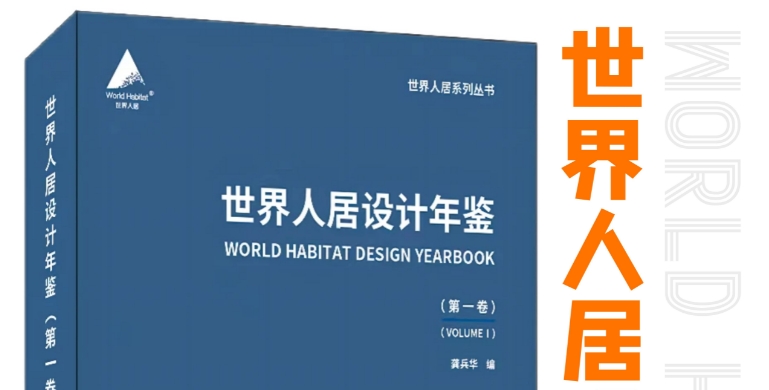
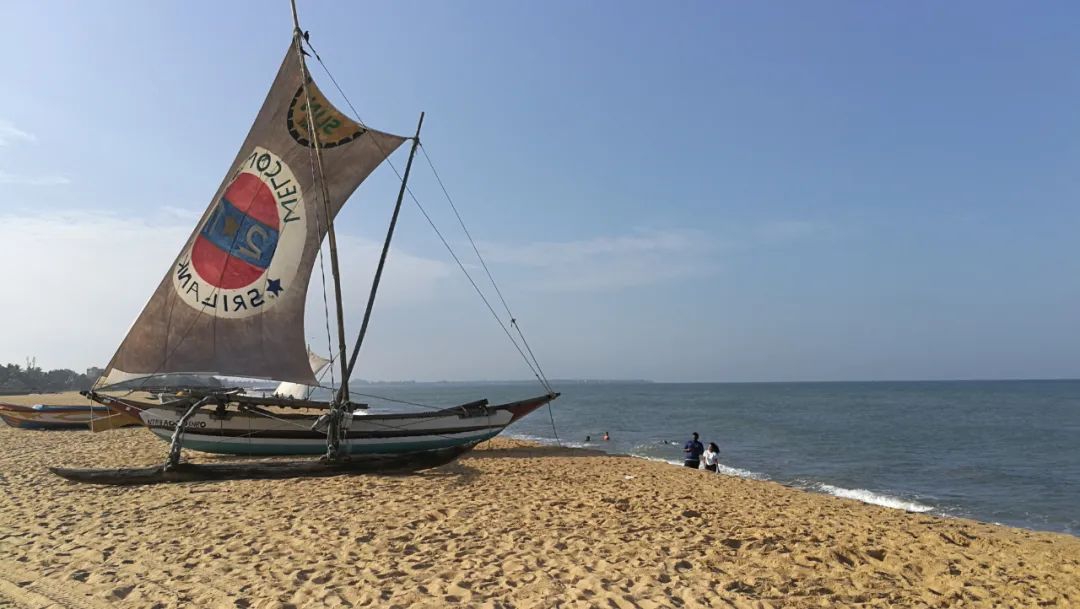
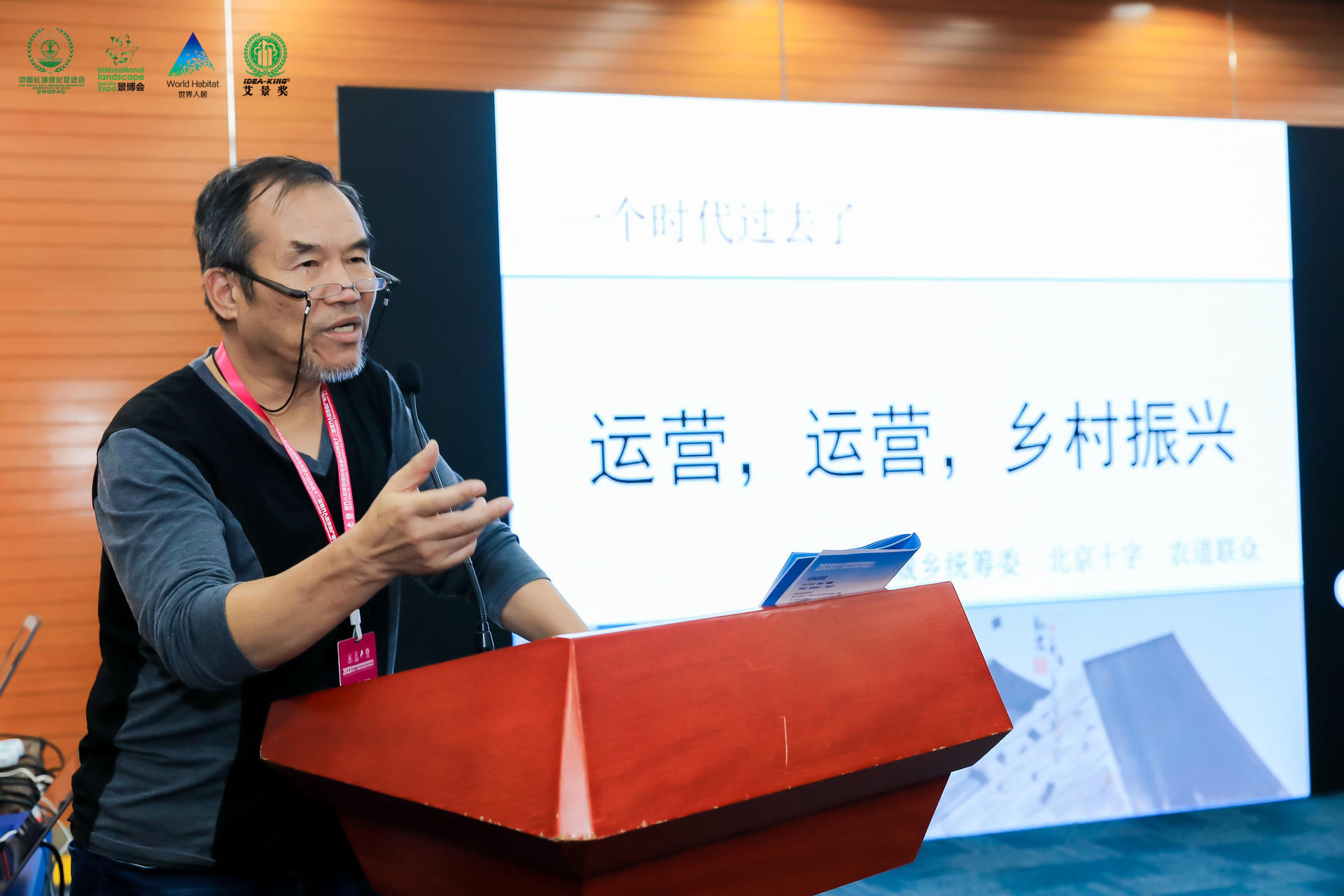
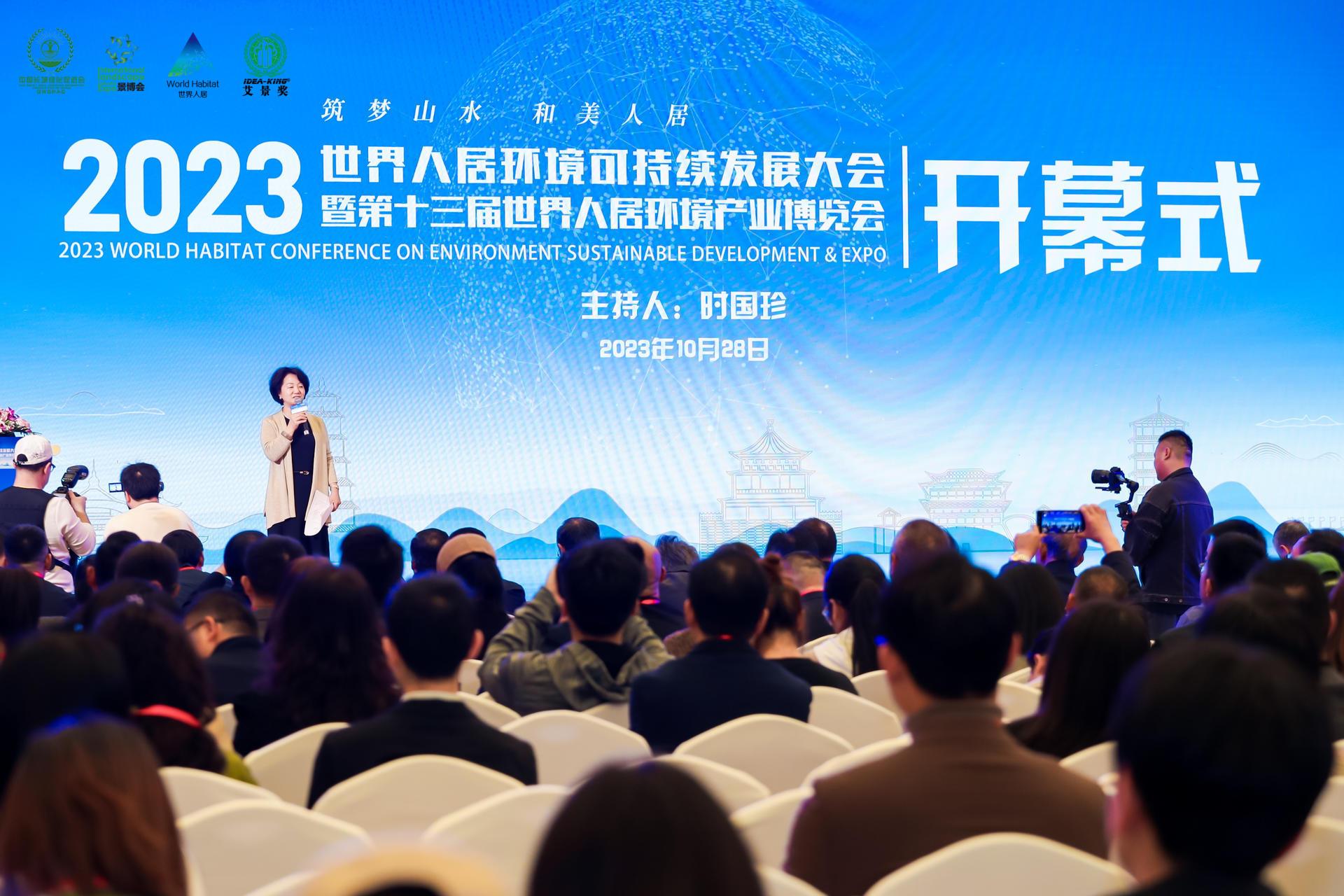
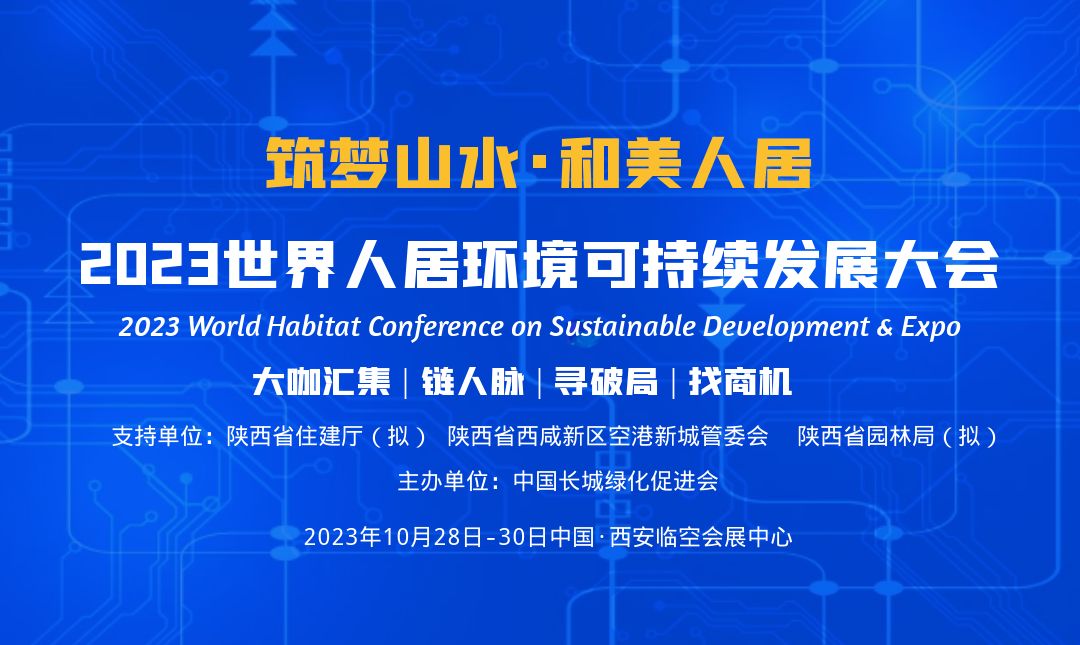





 京公网安备 11010202009569号
京公网安备 11010202009569号
评论
全部评论0